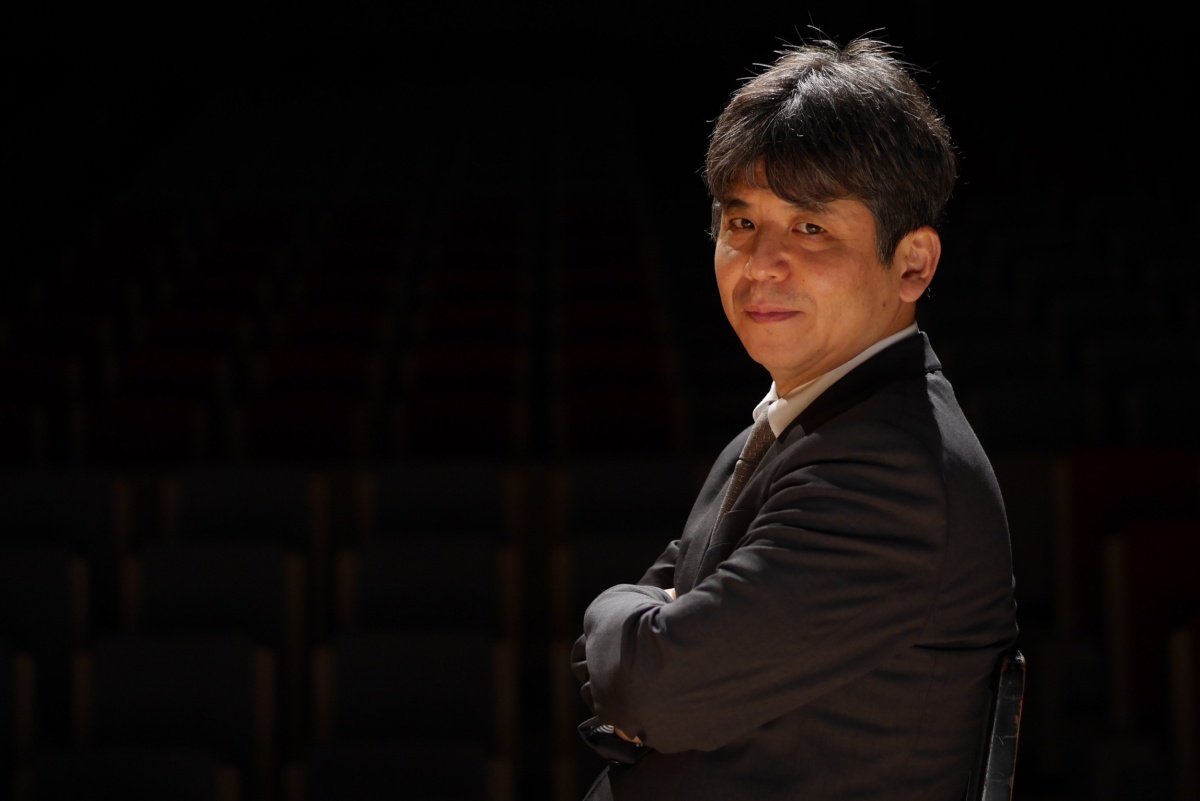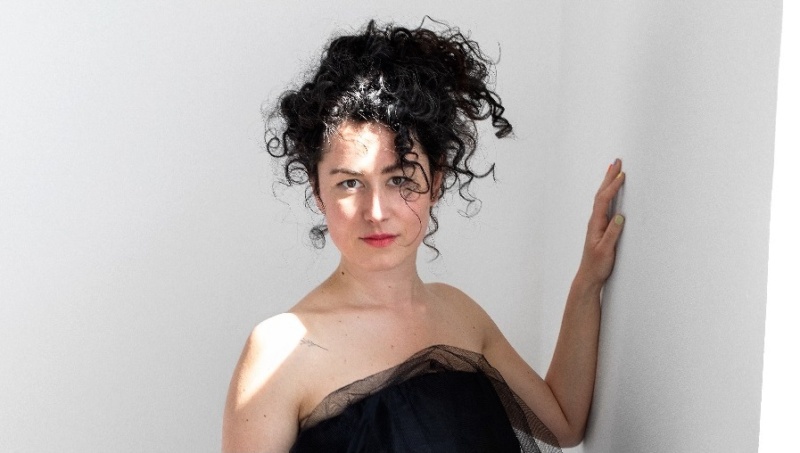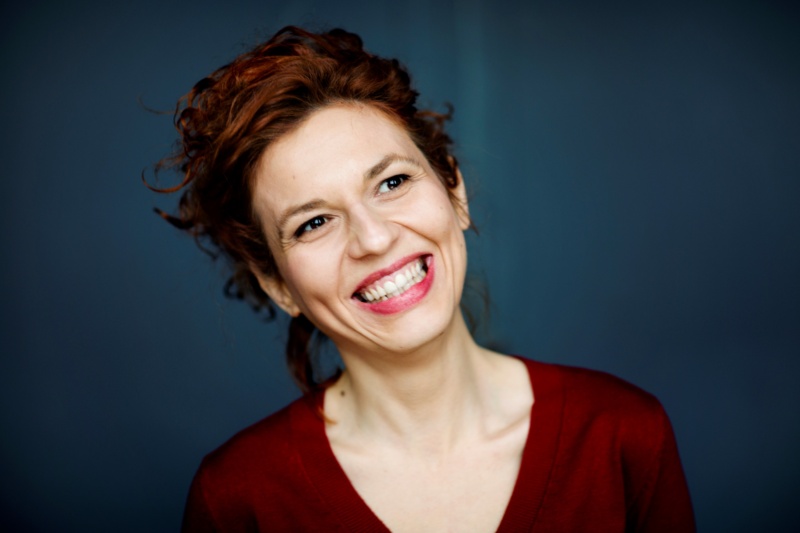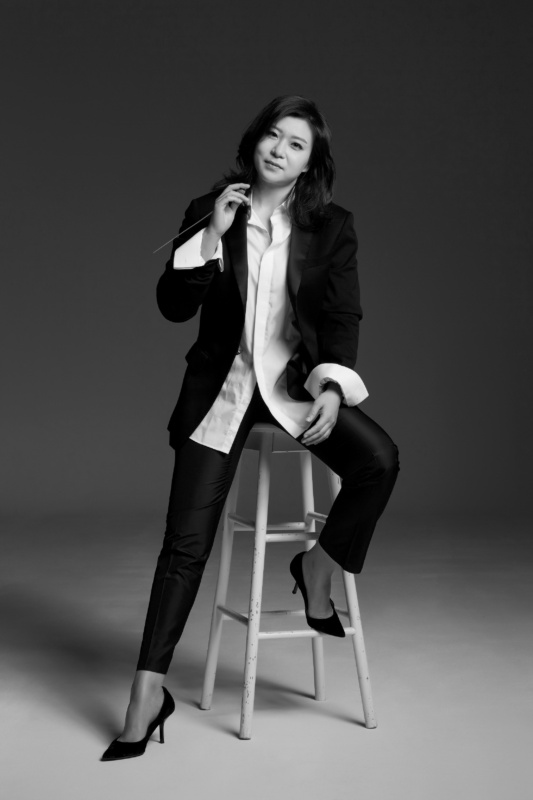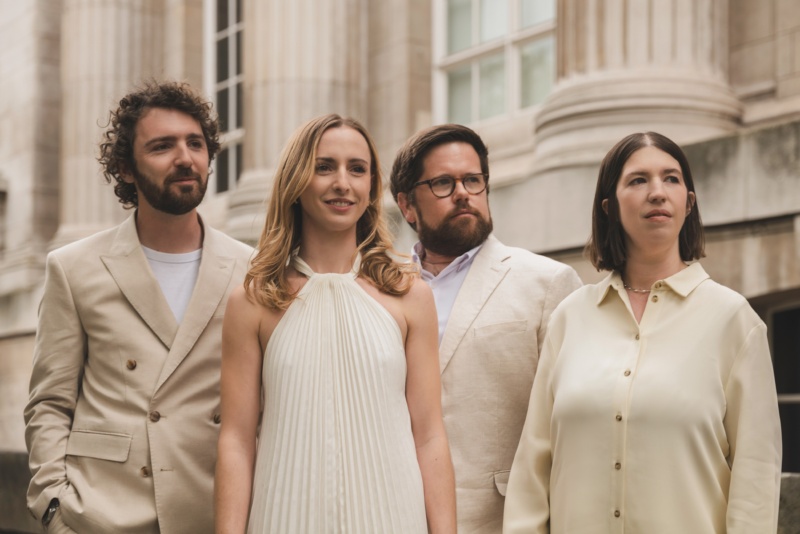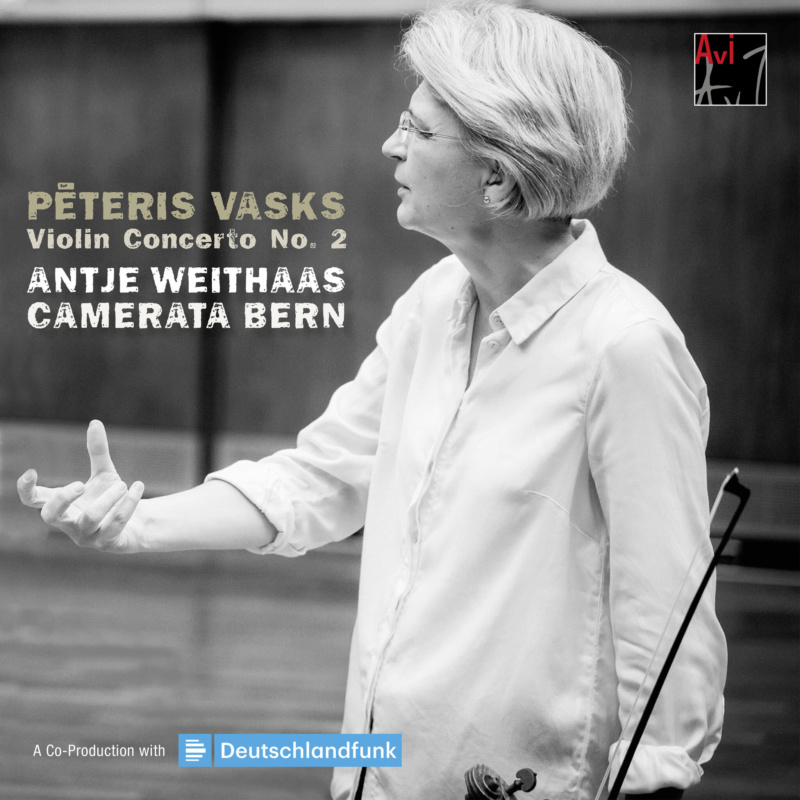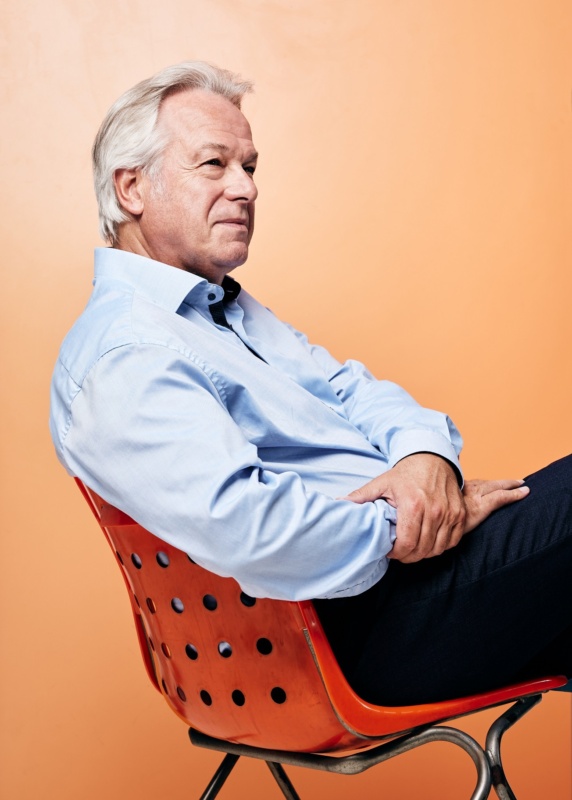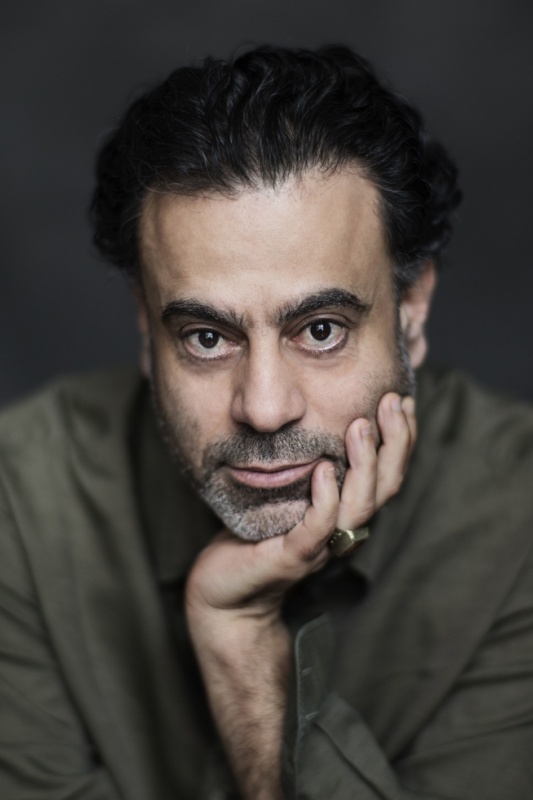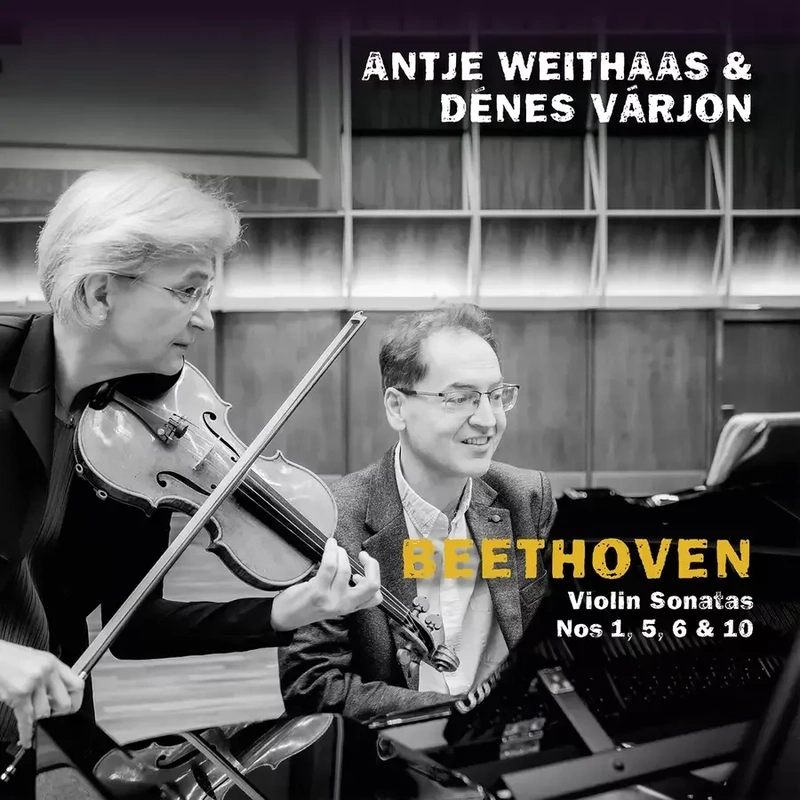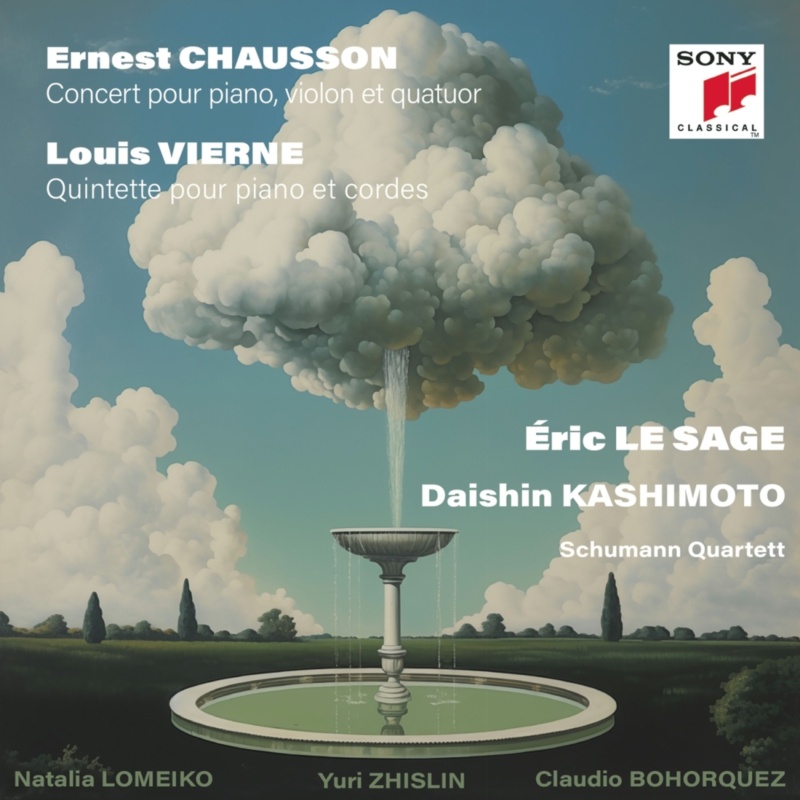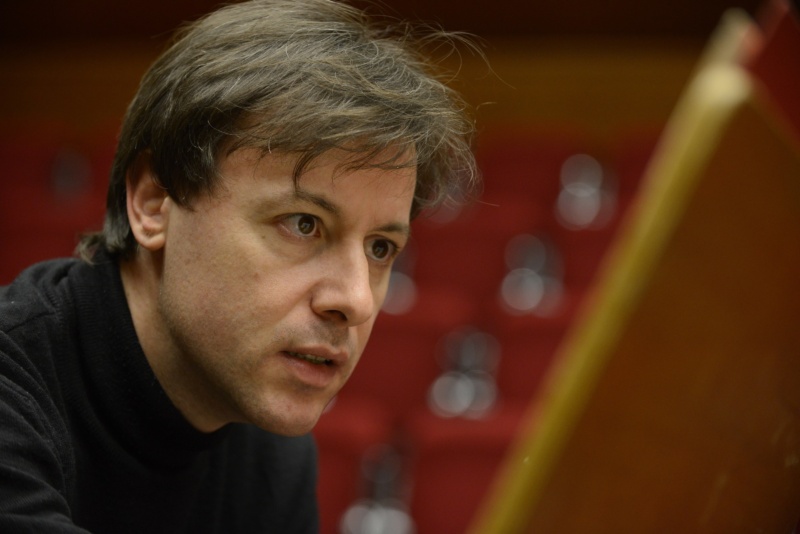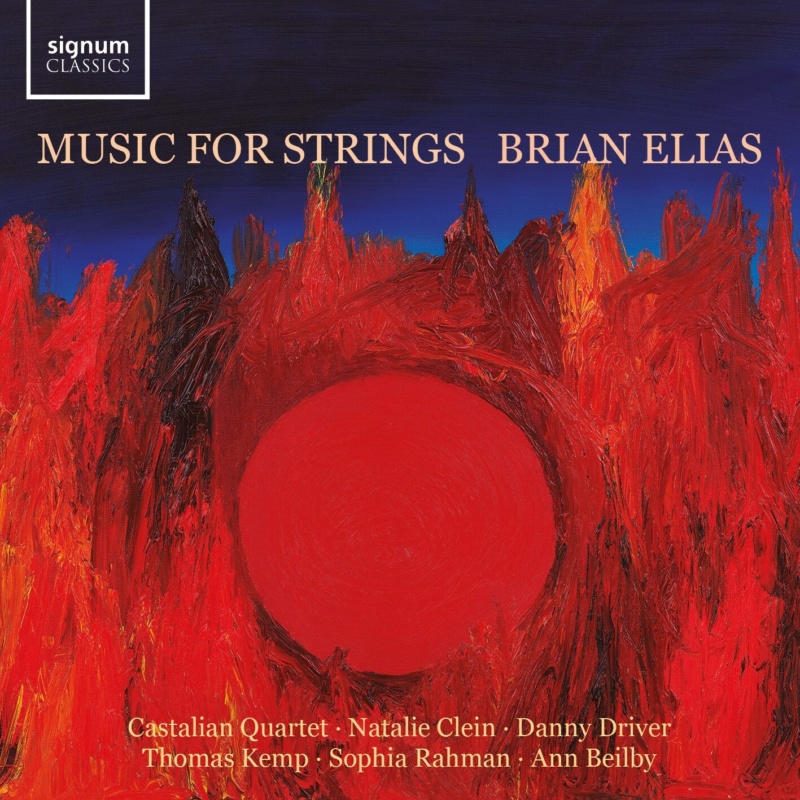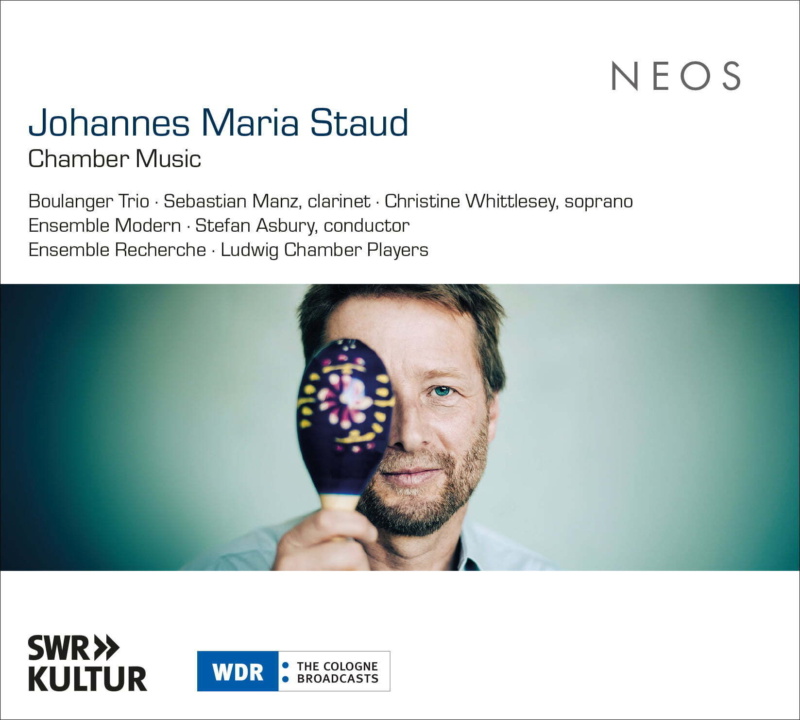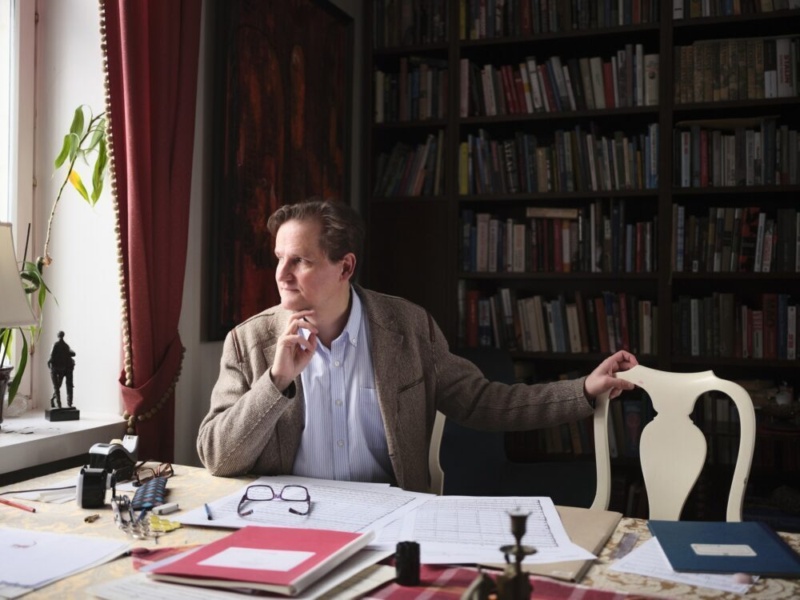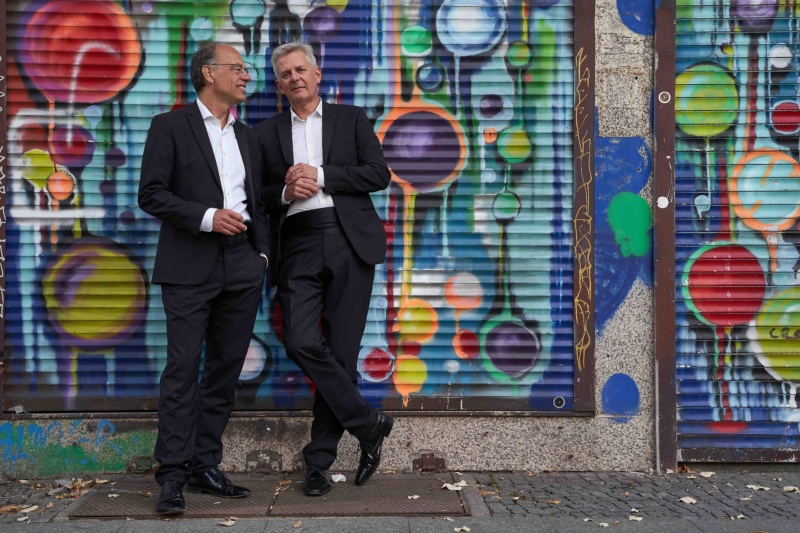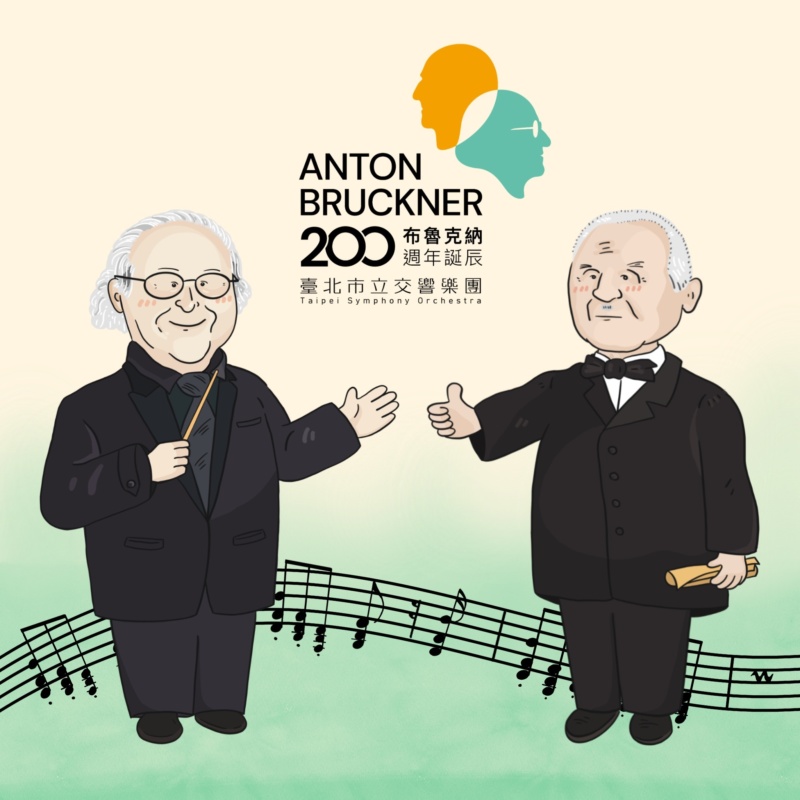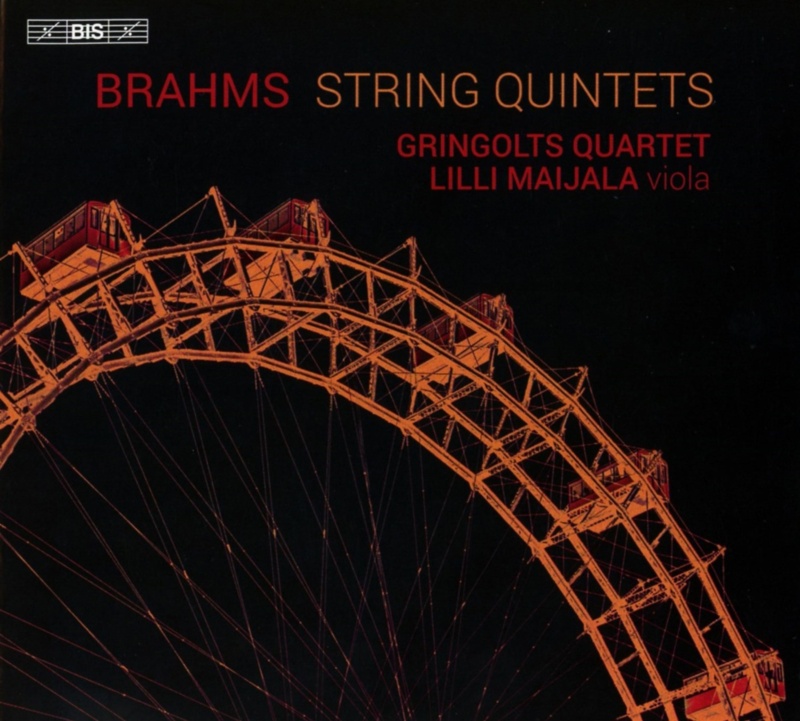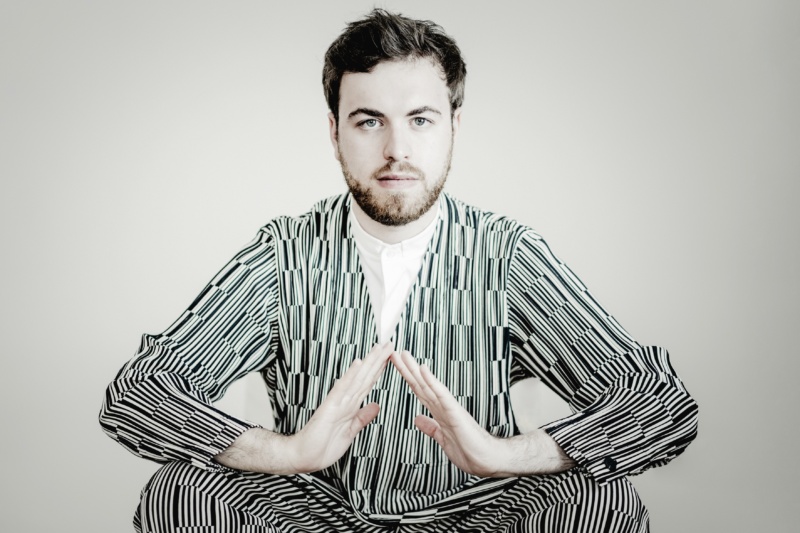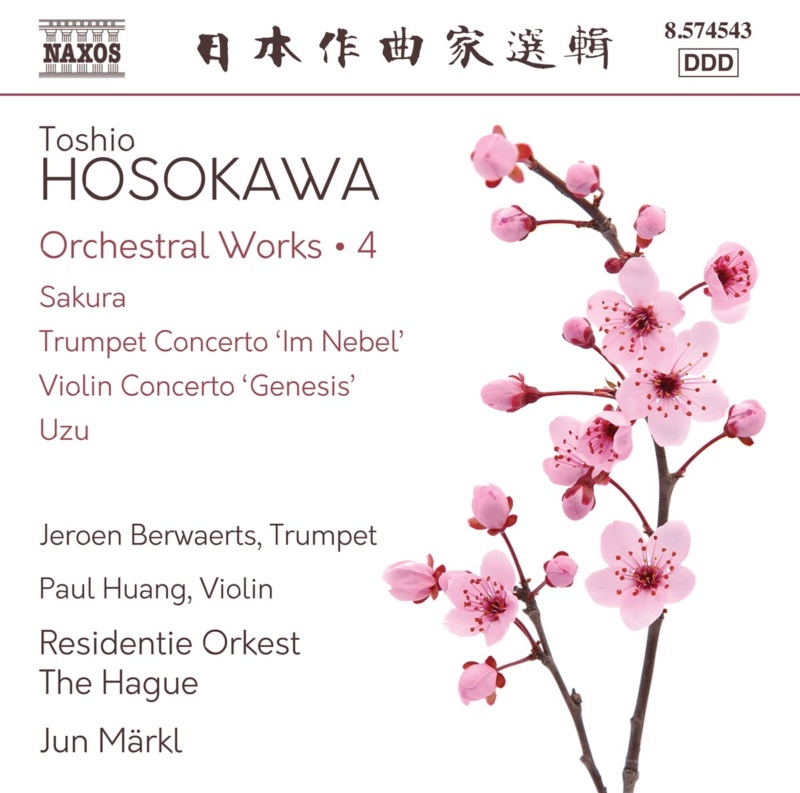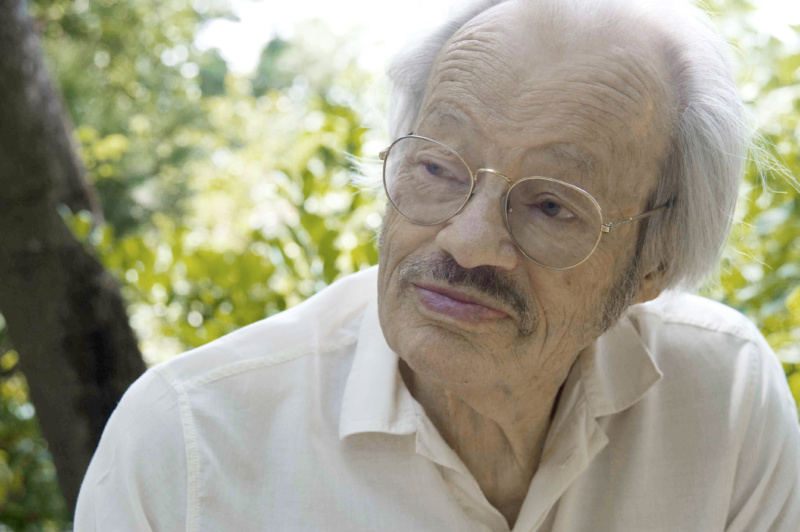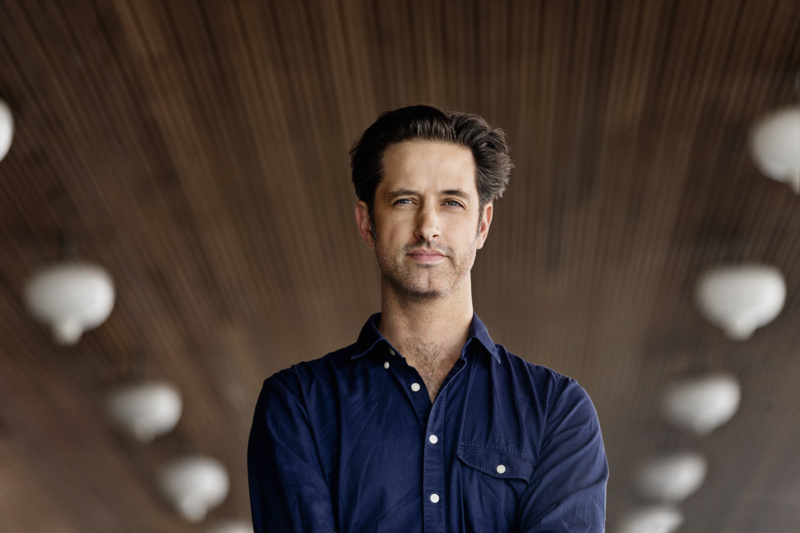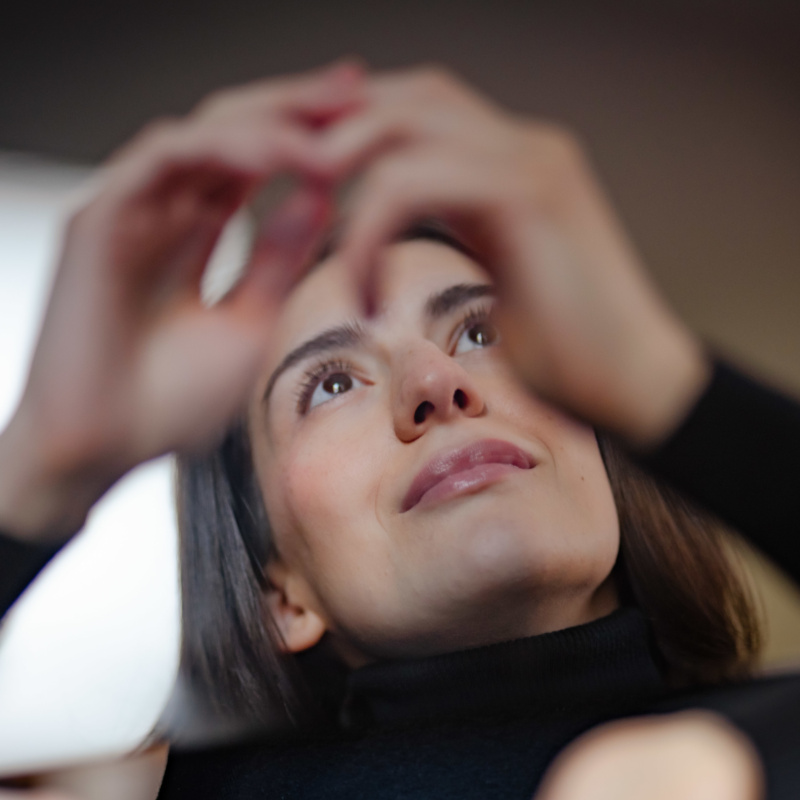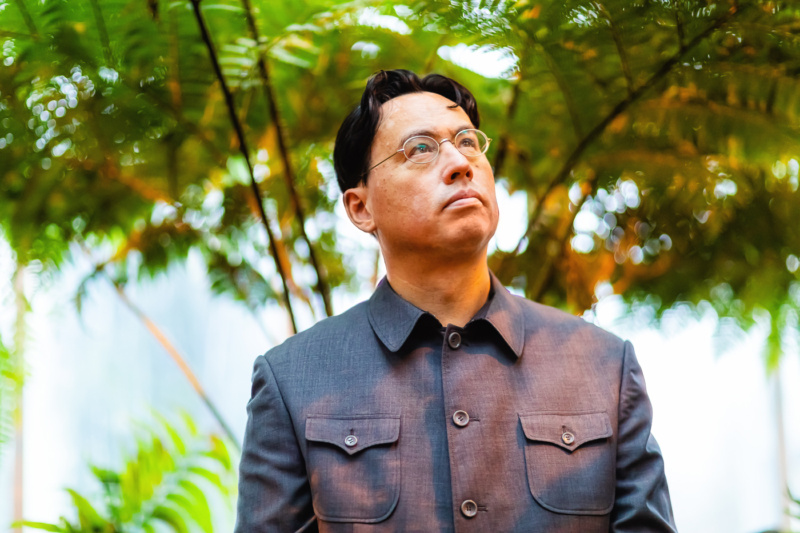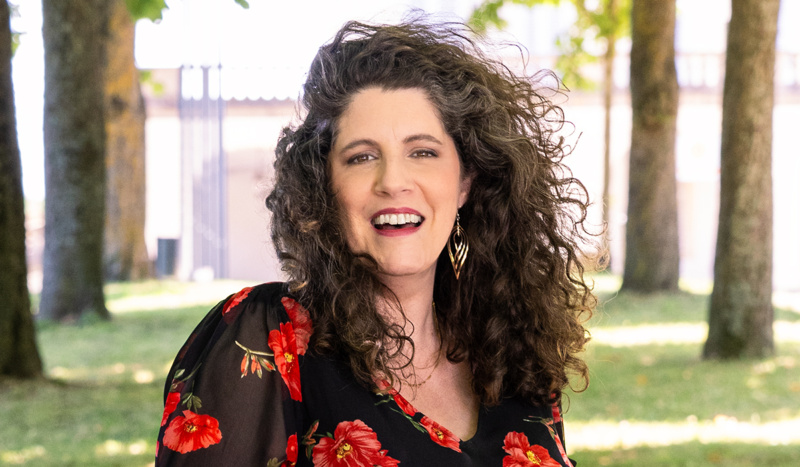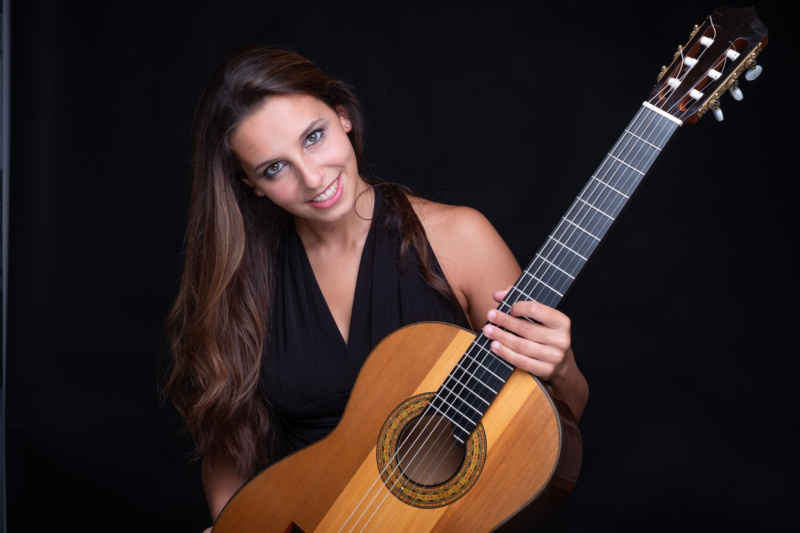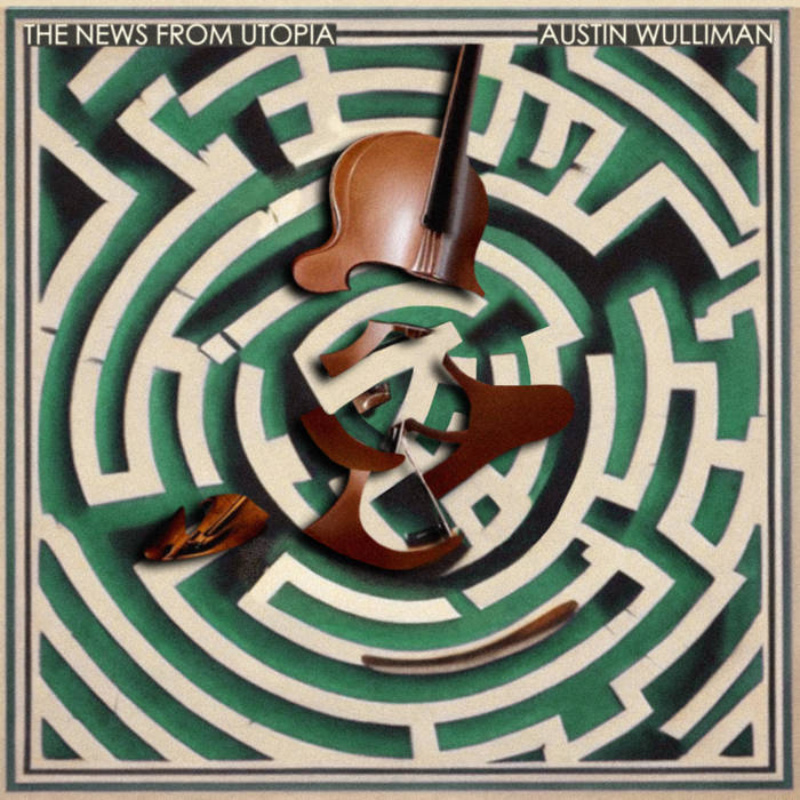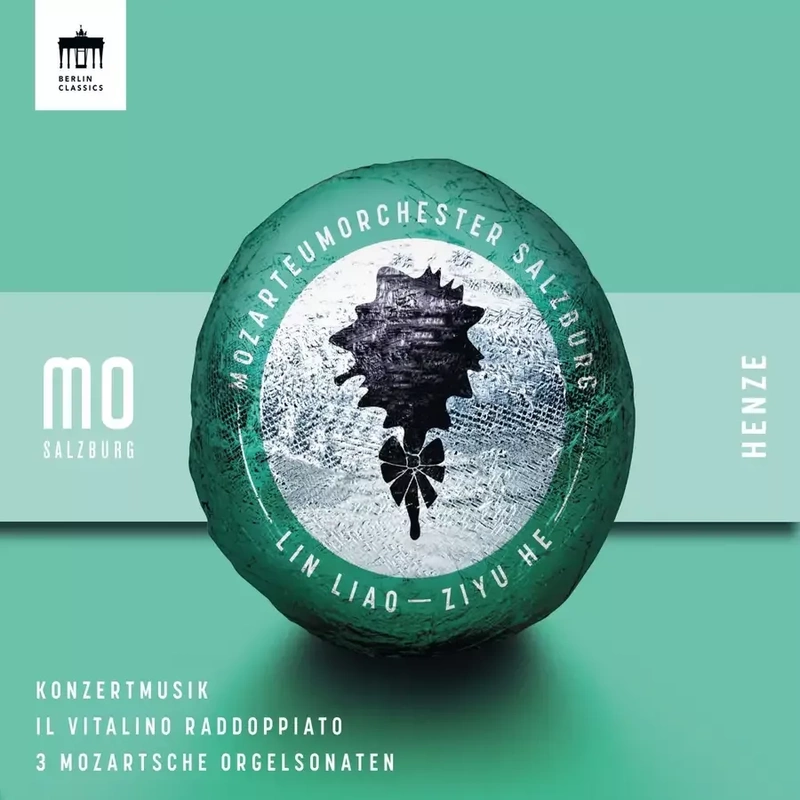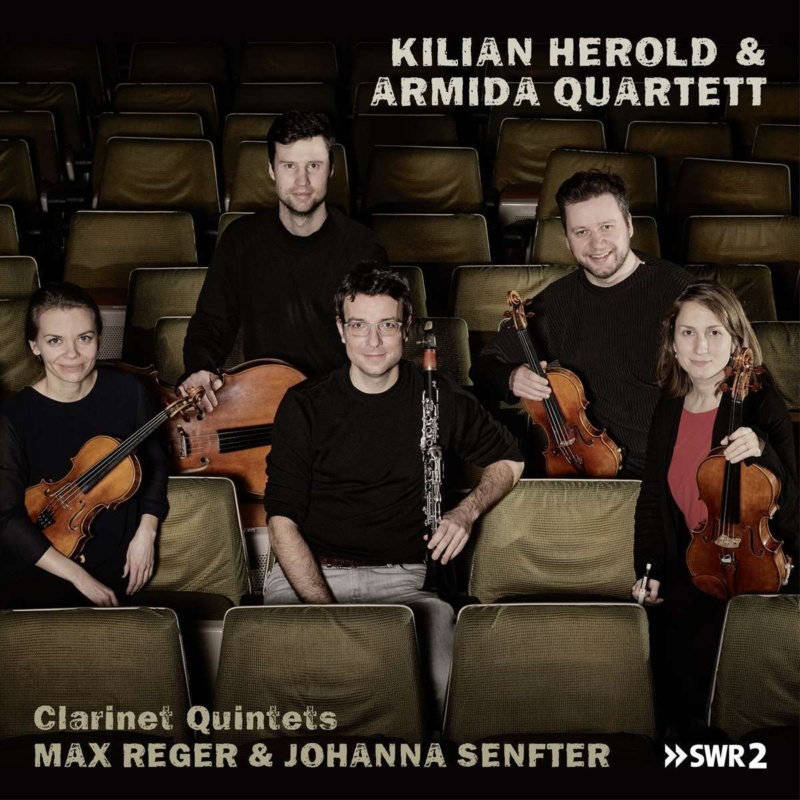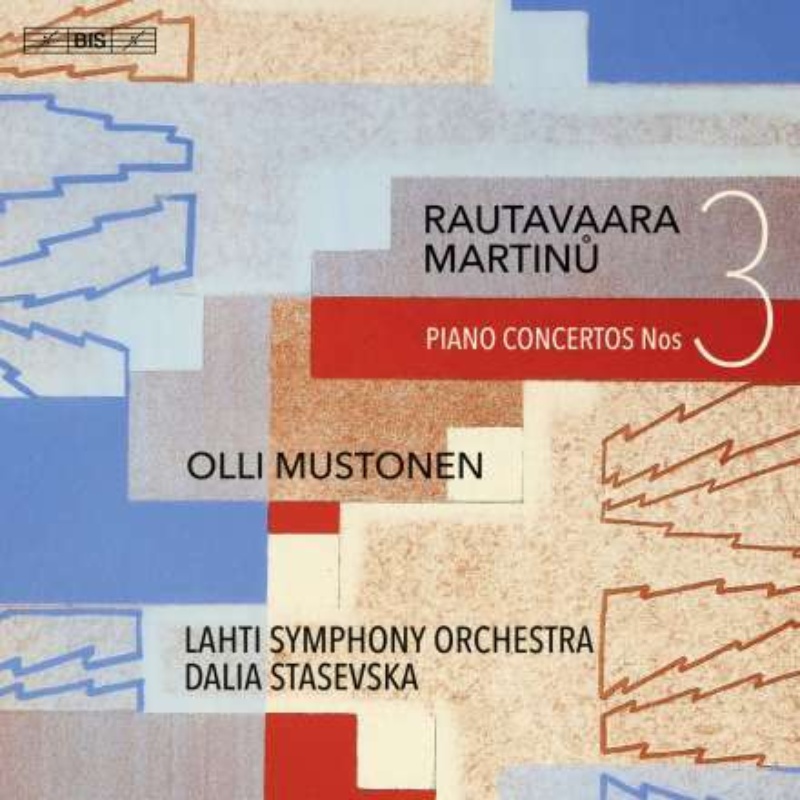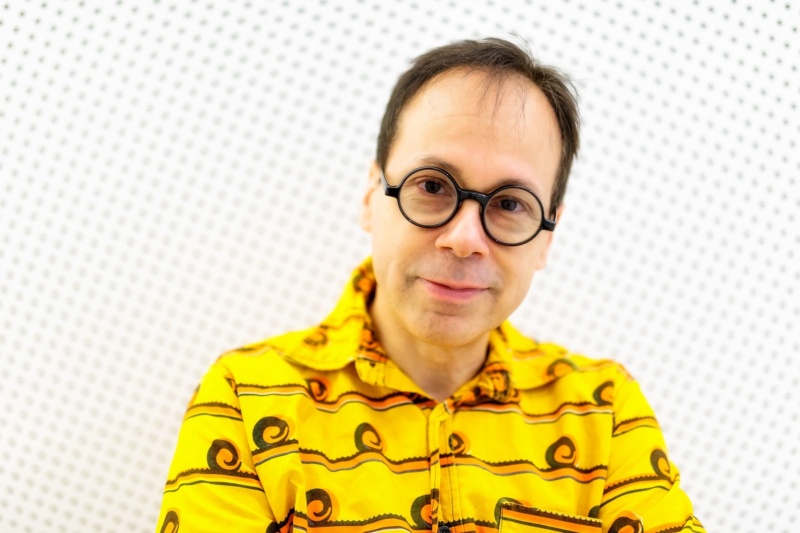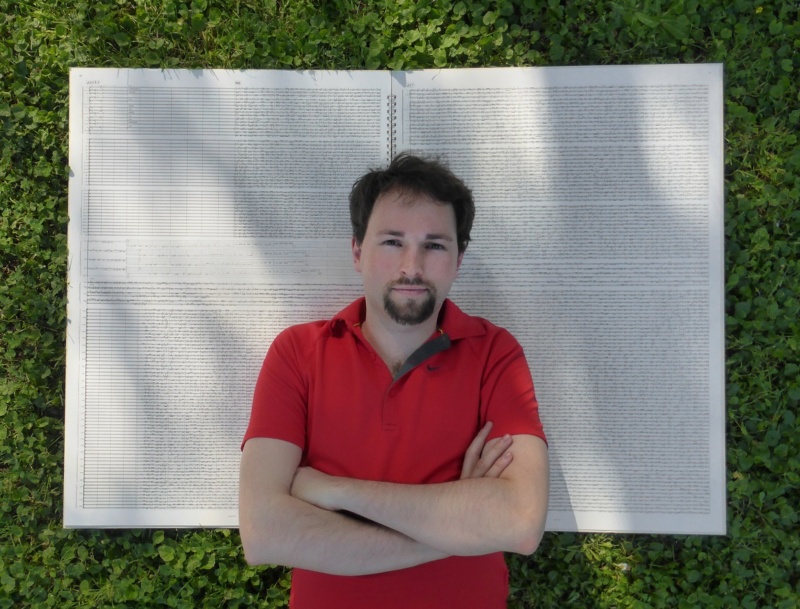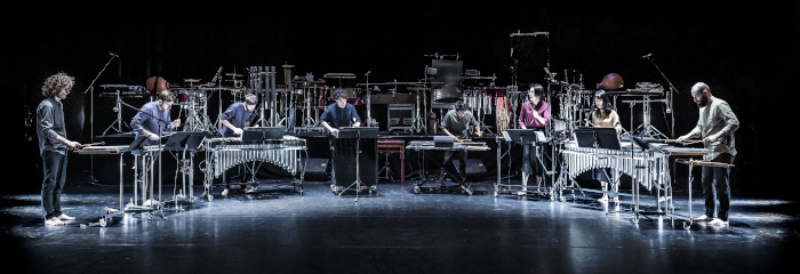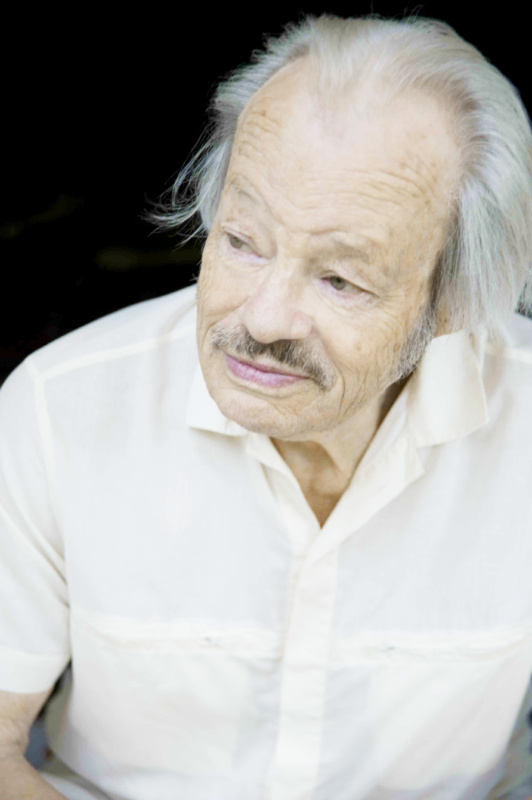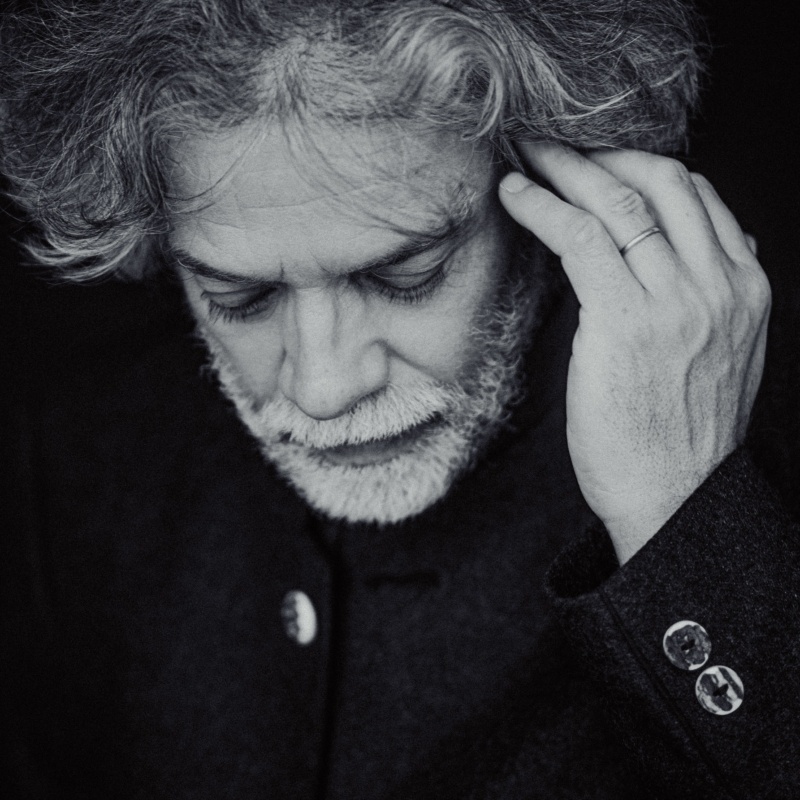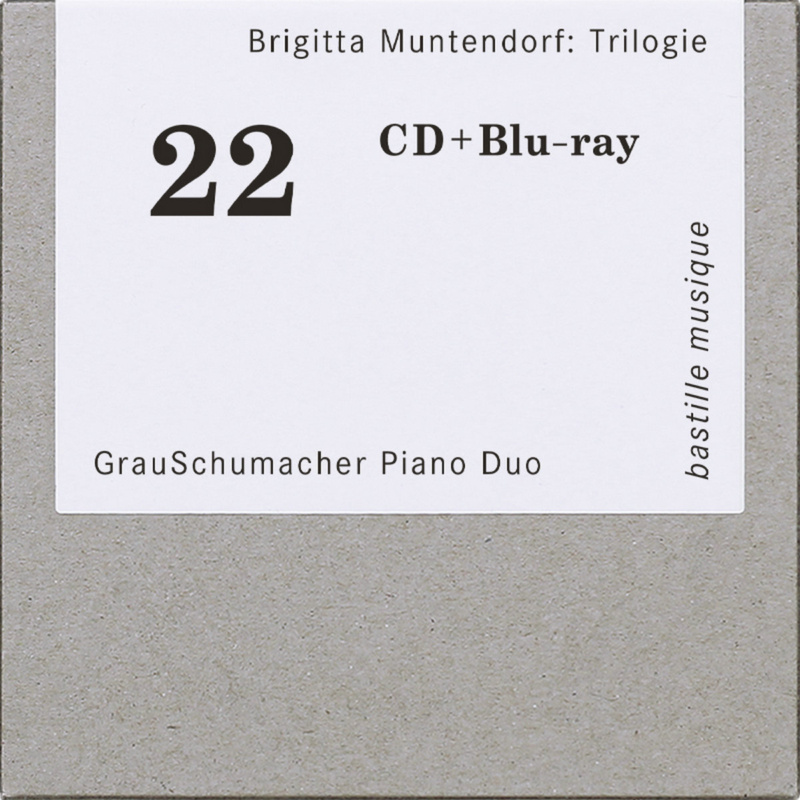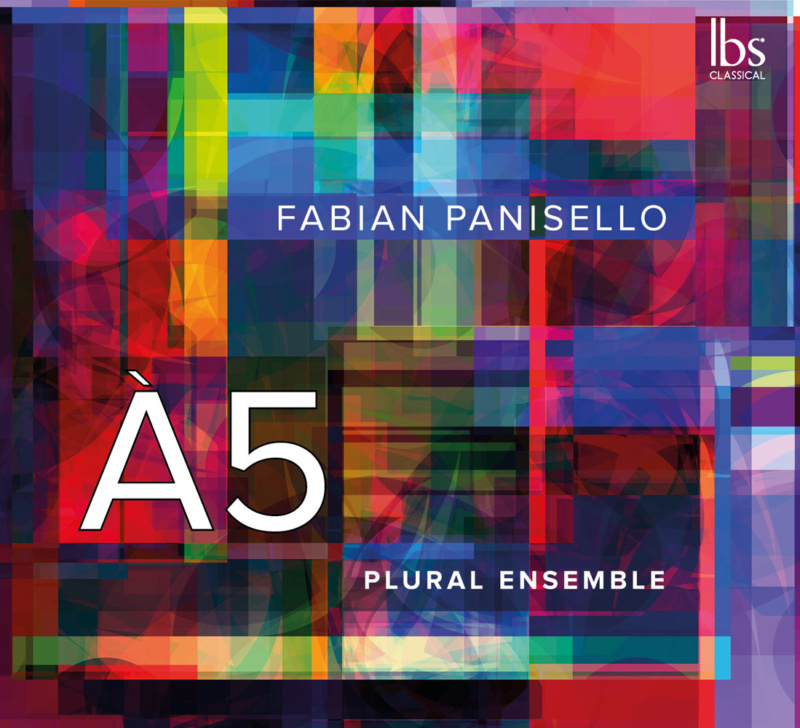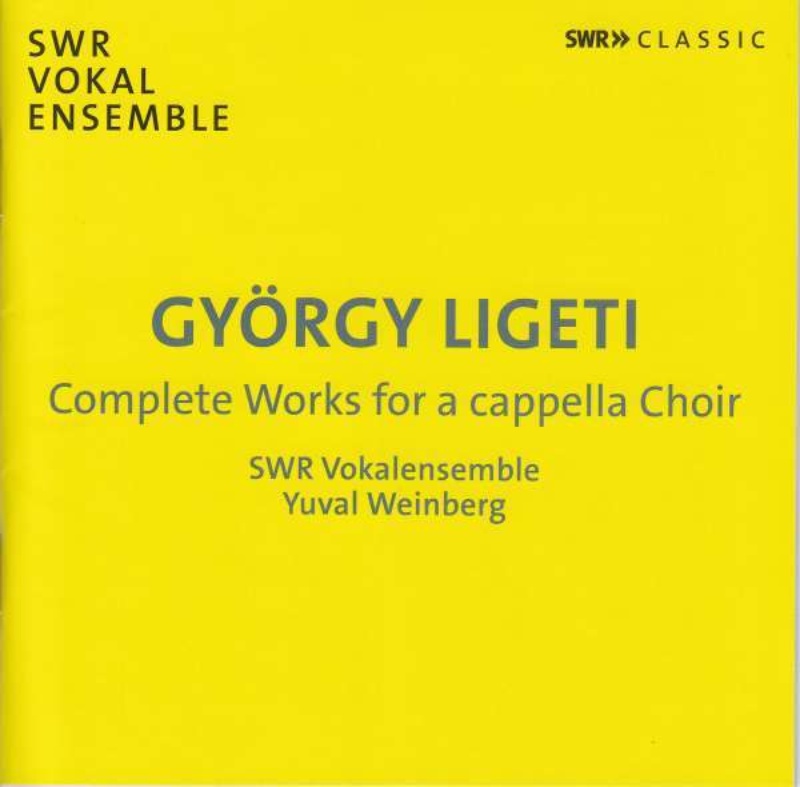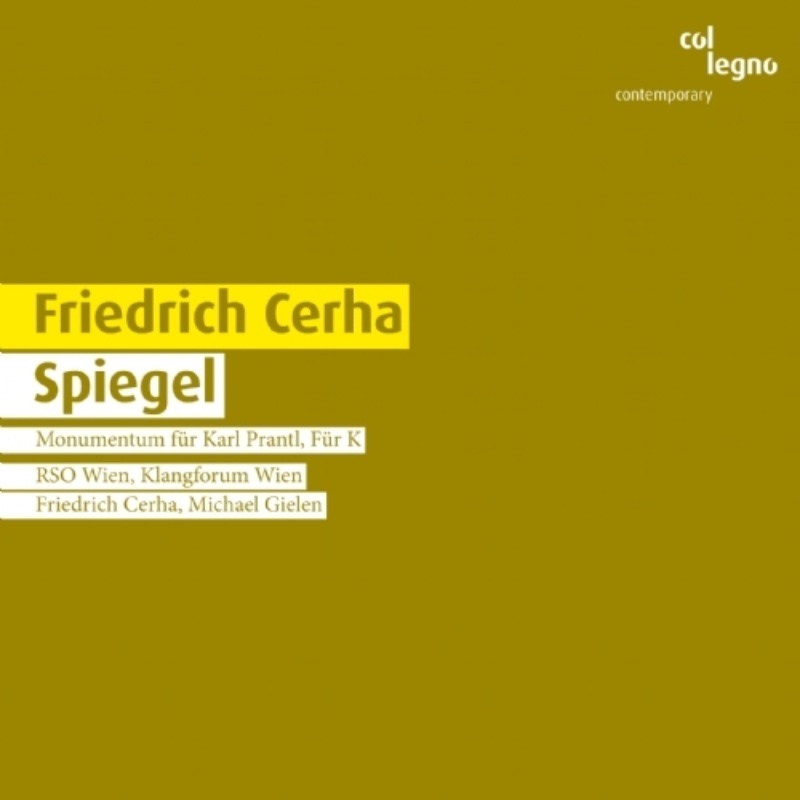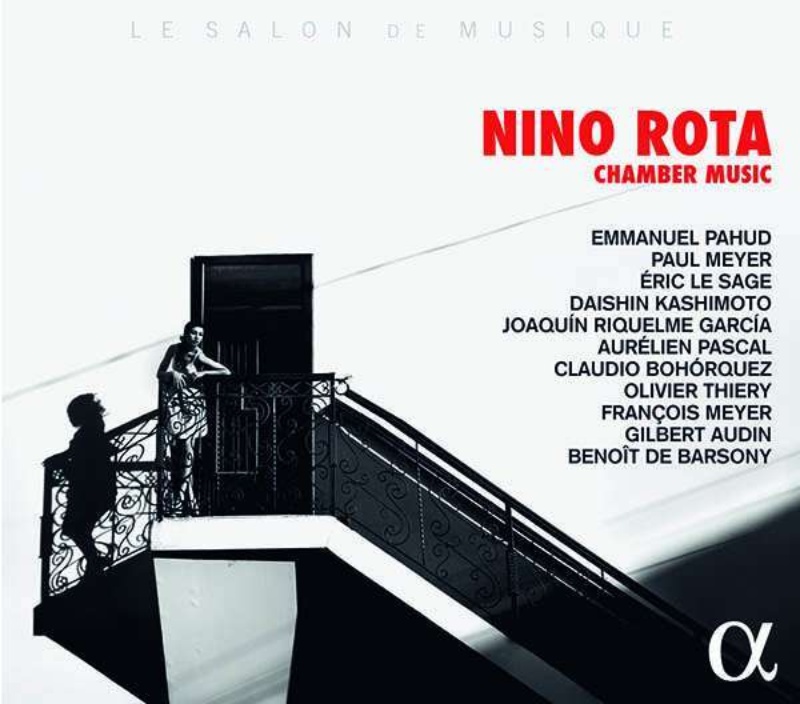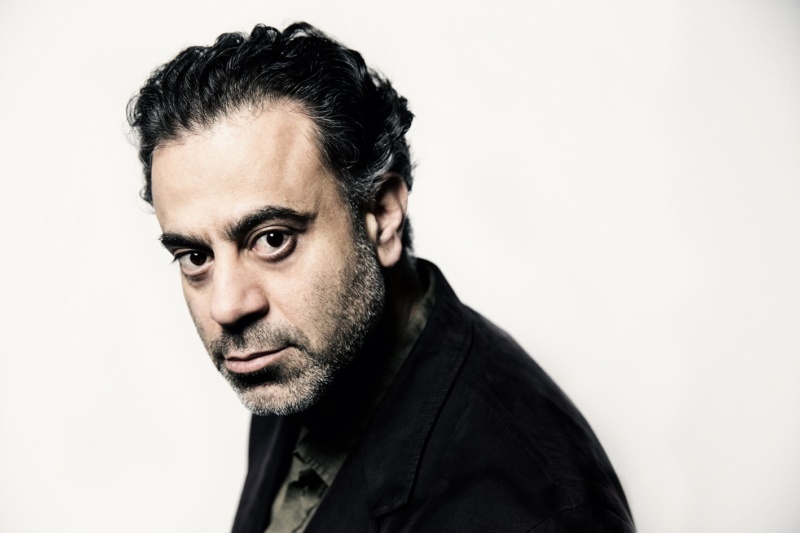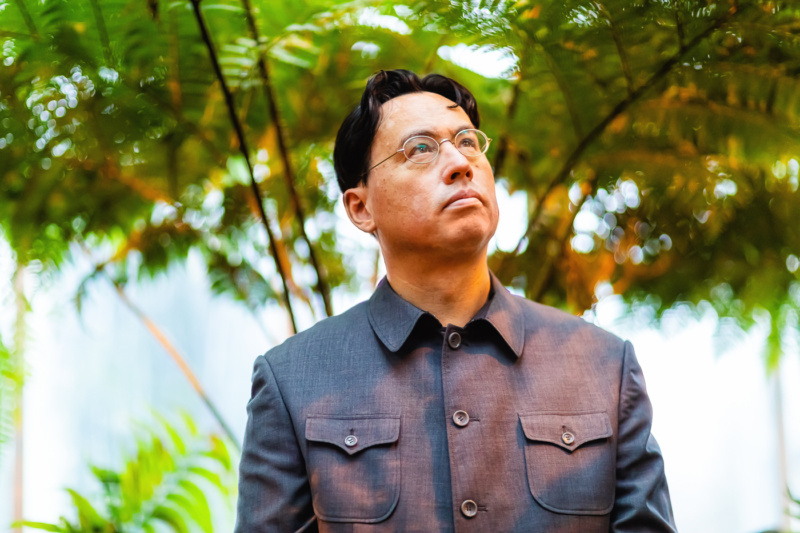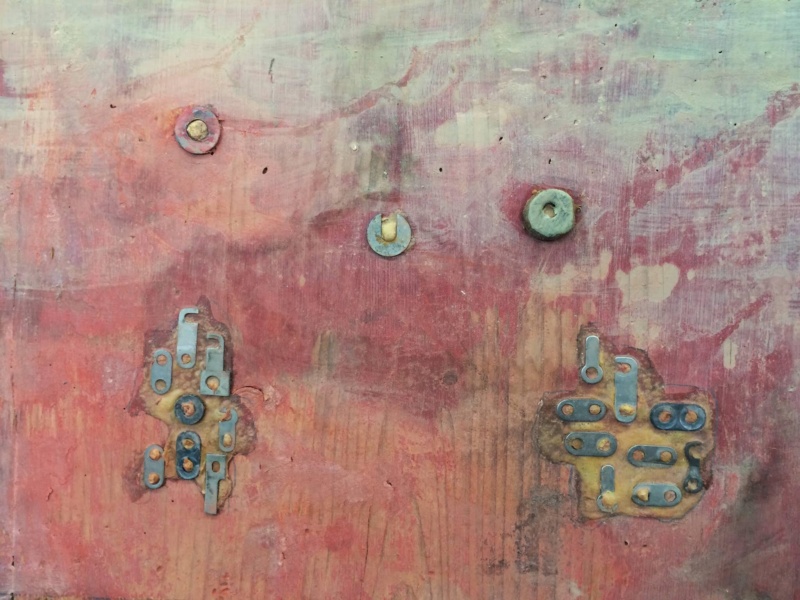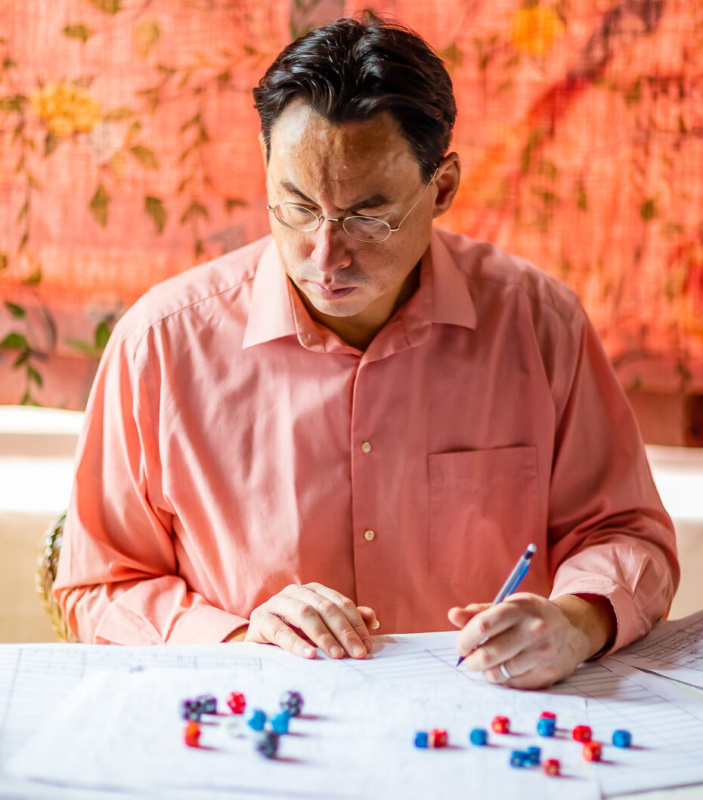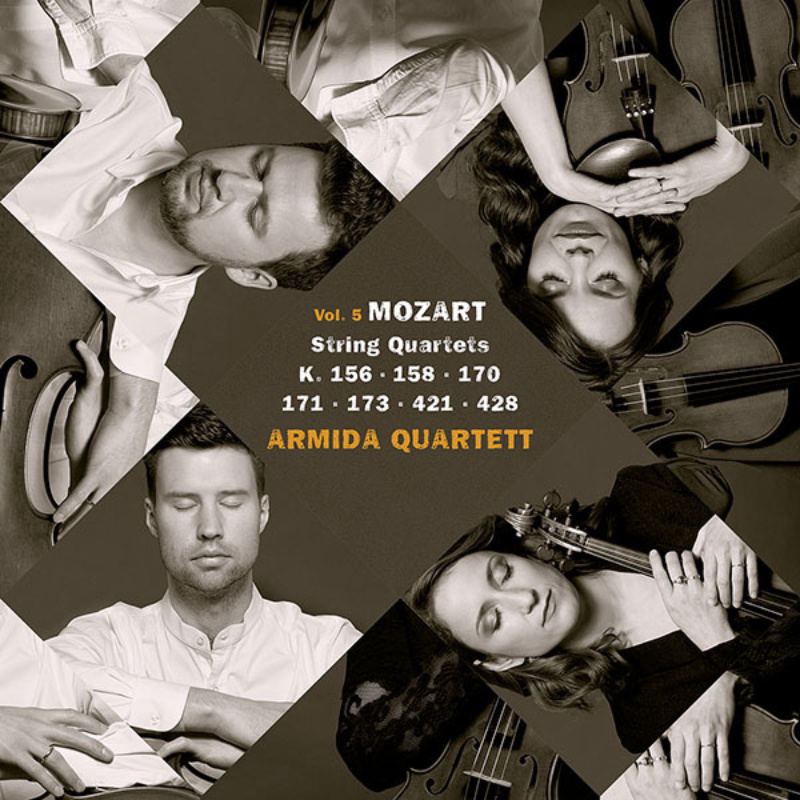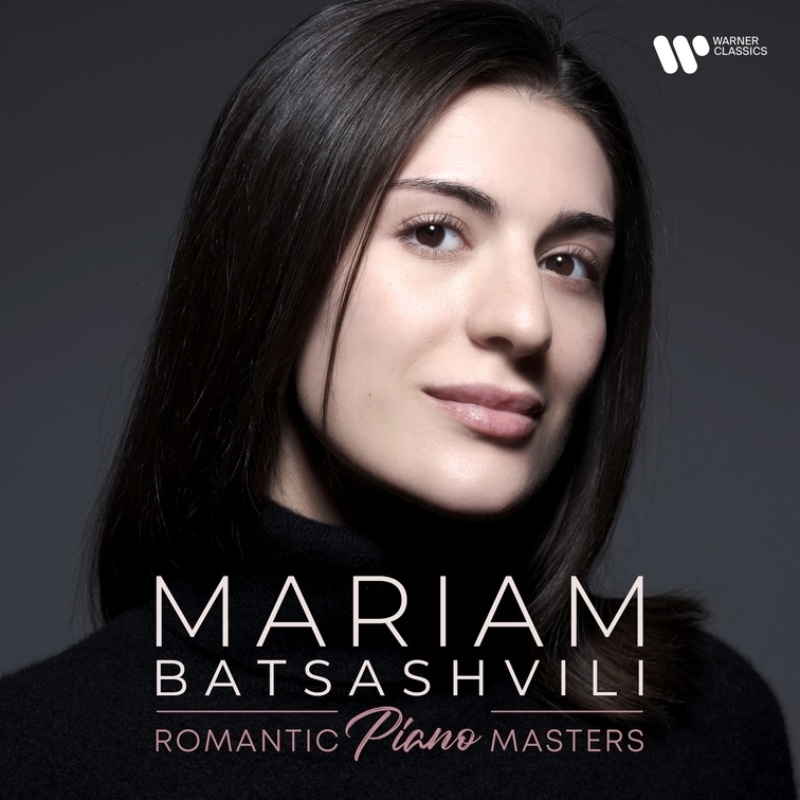Two years after its celebrated premiere, Toshio Hosokawa’s opera Stilles Meer was revived at the Hamburg State Opera from 31 January 2018, in the original production by Japanese director Oriza Hirata and the musical direction once again taken by Kent Nagano. The work was enthusiastically received by critics and audiences alike; NMZ magazine commented that “Hosakawa’s sounds are so finely tuned, they generate a real undertow,” whilst BR-Klassik praised “a tremendously subtle, tentative drama […] an intense interaction with moments of tension.” Stilles Meer deals with traditional subject matter from Noh theatre, brought up to date in the context of Fukushima. Toshio Hosokawa gave an interview about the opera and its relationship to the Fukushima catastrophe during a visit to Berlin at the end of 2015.
KWMM: Mr. Hosokawa, first of all a belated happy birthday! Is it an important day in Japan?
TH: Thank you! Yes, 60 is an important number: five times twelve years. Twelve years form a whole, which is why this birthday is always a big celebration.
In your new opera Stilles Meer you also familiarise us with a Japanese ritual: around the equinox when day and night are of equal length in spring and autumn, the souls of the dead are invited for a day and depart in the evening. In your opera, a German woman living in Japan wishes to take part in this ritual as she has lost her child and second husband, who is Japanese, in the tsunami. Her first husband, the child’s father, wants to convince her to return to Germany. What is the importance in the opera of the two cultures that the family moves in?
There are two literary templates behind the opera. The first comes from the noh theatre tradition: Sumidagawa is the story of a mother who has lost her child and cannot believe it. The second is taken from our classical modern era and is a good hundred years old. Maihime [The Dancing Girl] tells the story of the doomed love affair of a Japanese man in Berlin. Mori Ogai’s book about his own experiences in Germany, which was also inspired by German literature, is very well-known in Japan. In my opera it’s the other way round: a German man comes to Japan to find his lover. Engaging with the culturally different is always interesting for us.
This engagement plays a central role in your own life. You studied composition in Germany discovering Japanese culture from a distance for yourself in the process. You have subsequently drawn on noh theatre subject matter twice in your operas. Stilles Meer goes beyond the traditional subject matter, unlike Hanjo and Matsukaze, in terms of both the change in cultural perspective and the current reference to the tsunami and nuclear disaster in Fukushima. How did you personally experience these events?
My principal theme musically-speaking is being at one with nature, finding harmony with it. This intention runs through all my works. We destroyed nature in Fukushima! The natural disaster was much more terrible than anything we could have imagined. I was born in Hiroshima. Before my birth this city experienced a major catastrophe. And then Fukushima... It was a shock and I have grappled with the topic for a long time since. There’s one scene in the opera during which the people go to the sea shore with lanterns and give the lights back to the sea. This ritual reveals what we believe – the human soul comes from the sea and returns to the sea after death. But this sea isn’t clean any more. So where can we return to?
It becomes apparent in the libretto that a rupture runs through the opera: you are dealing with historical subject matter, a traditional ritual and suddenly people appear in protective clothing. Is this a new aspect in your operas?
Yes. We cannot just make “nice” operas. I myself was in Fukushima, I saw the deserted towns and cities, it was awful. It seemed to me to be… our future. The end of the world. I really saw that, I’ll never forget it. Now in Japan we want to turn a blind eye to this. But we must see what has happened.
Oriza Hirata developed the libretto, which Hannah Dübgen then refined into its final version, and he is directing the opera in Hamburg. In Japan he is well known for using colloquial language and staging realistic productions. How does this fit with opera?
Georges Delnon, the new intendant of the Hamburg State Opera, asked for this collaboration. He wanted to bring something quite different to the stage compared to what is normally shown in German opera productions nowadays. Up until now Oriza Hirata has only taken on one small opera production, Hanjo, in Hiroshima. He did a wonderful job. Furthermore, he has already used robots in other theatrical work and also uses them in my opera: only robots are allowed access to the protected area. In one scene they lead the choir, which performs in protective clothing, into this area.
With the conductor Kent Nagano, a third person with Japanese roots is involved in the production.
Kent Nagano is a marvellous conductor, I’ve worked with him several times already. He is American and is constantly looking for his identity. I know a number of people who grew up between two cultures and all of them are searching. It can be interesting – how do the cultures come together, how can you learn about foreign cultures and reshape them?
There is another cultural bridge in this piece and generally in your work: dance. Your previous noh operas Hanjo and Matsukaze were staged by well-known European choreographers, Anne Teresa de Keersmaekers and Sasha Waltz. The main female character in the new work used to be a ballet dancer, and a child who was taught by her dances for her during the ceremony by the sea, slipping momentarily into the role of the dead child. What role does dance play for you?
In noh theatre, all movements are predefined and stylised. And when I’m working on a production with choreographers, the singers move very beautifully. I need that. In Japanese dance, the dancers move very slowly, with the Earth. European ballet tries to work against gravity. These thoughts were a great source of inspiration for me. I have composed some works for imaginary dance, my inner Japanese dance music.
At the heart of the opera is a process of parting and, overall, the noh theatre tradition is about healing. How can that also happen in the opera, and what happens to the spectator?
My reason for making music is that I need healing, spiritual salvation. In my opera, this sad mother sings and experiences healing through this. The audience also experiences this spiritual healing through listening to the music. Benjamin Britten used the Sumidagawa subject matter to compose Curlew River. I think it is a very good opera but too Christian. I would like to make a Buddhist opera that is more about acceptance. Noh is the drama of the process of healing the soul and that is what my opera should also be.
And the healing here is the fact that, in another state of consciousness, we are able to perceive and accept reality?
Yes. That we see, through music, what really happened in Japan. That is the only thing that artists can do today. We cannot directly express ourselves politically. But with music, we are able to show the catastrophe and also good order.
KWMM 11/2015 | Translation: Celia Wynne Willson
